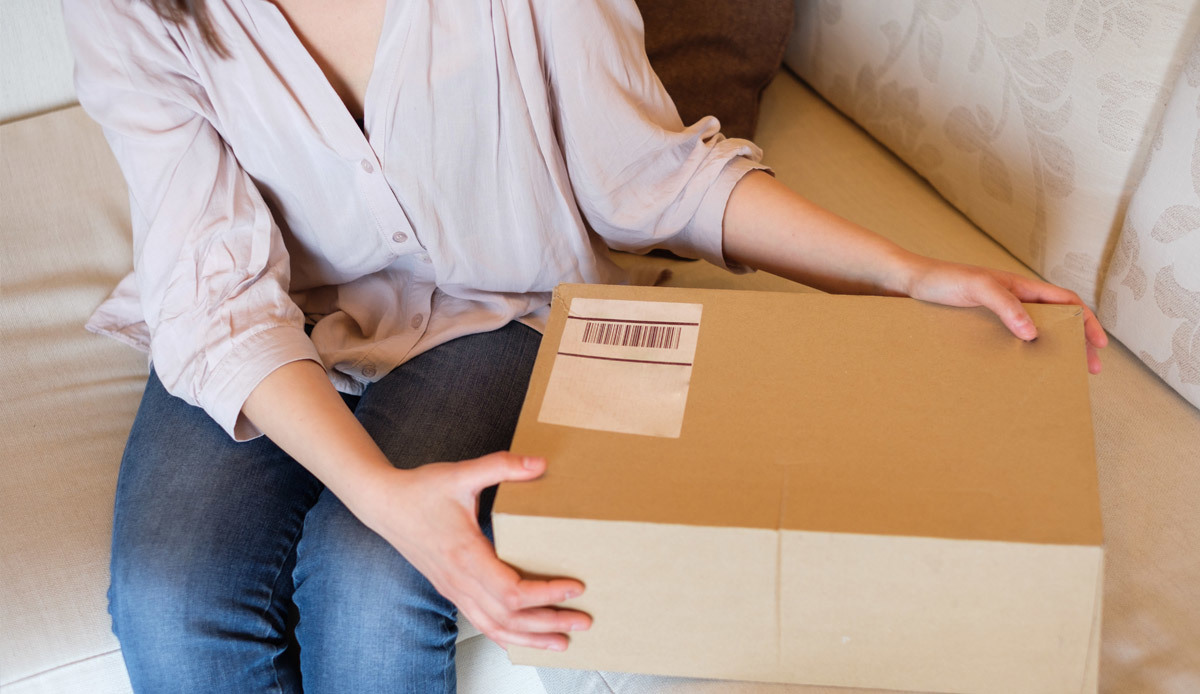So you’ve decided to start a family. Wonderful! Next comes the decision about the best method of conception for you. Fortunately, there are several good insemination options for infertile or sub-fertile couples, lesbian couples, and single women to consider.
This article focuses on the advantages and benefits of home insemination, along with the preferred process for doing it yourself. But please remember that this is only one option. For women who have already tried unsuccessfully to conceive, working with a clinic from the beginning may be the best choice. If you have questions or concerns about the best method for you, please contact a fertility consultant to help you make your decision.
What is artificial insemination?
Artificial insemination is a method for inducing pregnancy that includes placing sperm within the reproductive tract of the female by means other than sexual intercourse. One of the options for Artificial insemination can be done at home and performed by yourself or with your partner.
For many reasons, at-home insemination is a preferred option for many women in a variety of situations. This is especially true in contrast to in vitro fertilization (IVF), which is much more expensive and time-consuming since it involves combining an egg and sperm outside of the womb.
For women free of fertility issues, home insemination can save on costs due to the absence of medical office fees, although a licensed practitioner must agree to sign the required release paperwork. Despite pregnancy rates not being as high with this method, many women choose to make this a starting point in their fertility journey, and many do find success.
The comfort of your own home
One of the main benefits of performing artificial insemination at home is the comfort, privacy, and ideal timing it provides. It also allows you to use fresh rather than stored sperm if your partner is involved, which can create a more intimate experience as well. Home insemination further reduces the stress, side effects, and cost associated with going to a clinic for the procedure.
Supplies needed for at-home insemination
To begin, you’ll need to get the proper supplies, which can be easily obtained from most drugstores. Supplies include:
- A needleless, sterile syringe. Seattle Sperm Bank provides a needleless syringe with every home delivery. Be sure not to use a latex syringe as latex can damage sperm.
- An ovulation kit (optional, but recommended).
- A pregnancy test.
Complete insemination kits can also be purchased rather than buying all the supplies individually. Prices range from about $20 to $80. The instruction booklets they contain may also be helpful for understanding the process.
How to perform at-home insemination
Below is the step-by-step process. You can also watch a video demonstrating the process, including the proper way to thaw your vials before use.
- After thawing the vial, and prepping the needle-less syringe, get on your back in a comfortable position with your hips raised.
- Squeeze the contents of the syringe as far into the vagina as possible and near the cervix. Leave the syringe in place for about 10 seconds before slowly removing it. Be sure to dispose of the syringe as it is single-use only.
- Following insemination, stay on your back and tilt and elevate your pelvis on a pillow for about 30 minutes to allow the sperm time to travel.
Increasing your chances of successful insemination
Artificial insemination won’t work for everyone and there are no guarantees, but there are things you can do to increase your chances of conceiving.
First, timing is essential. It’s critical to perform the procedure during your ovulation period. You may consider buying an ovulation kit to be sure since women can ovulate between days 11 and 19 of their cycle.
Second, reaching orgasm while injecting the sperm, or shortly afterward, can increase success because it helps pull the sperm deeper into the cervix and may speed up the flow of sperm.
Third, it’s important to know that you may need to repeat the procedure multiple times before you are able to conceive.
An at-home insemination is an excellent option for many women thanks to the comfort, convenience, and low cost it affords. But it’s only one option. And there may be reasons why home insemination is not a good or effective choice for you. If you try it and it doesn’t work, please remember there are many other options to help you start a family. Please contact the Seattle Sperm Bank with any questions or concerns you may have about performing artificial insemination at home or to learn about other methods available to you.
